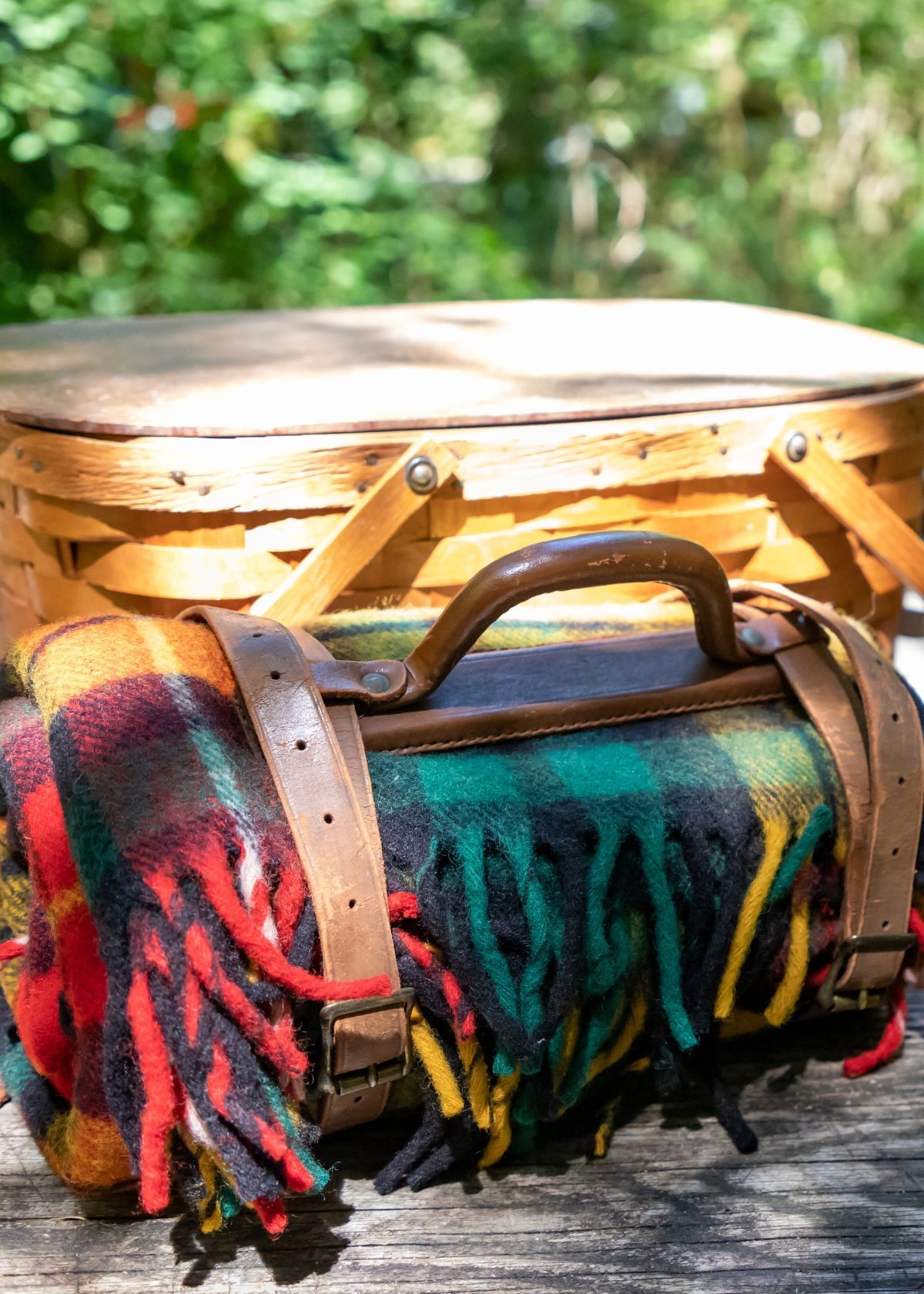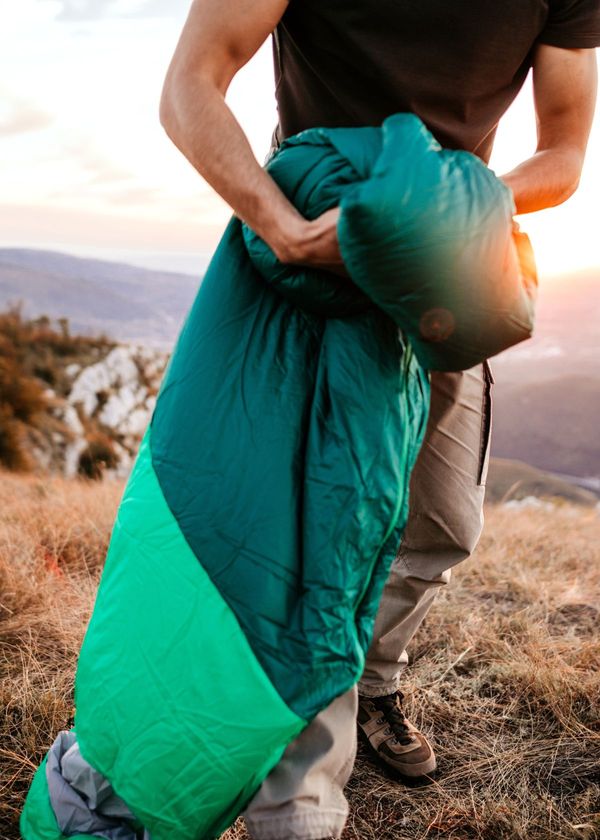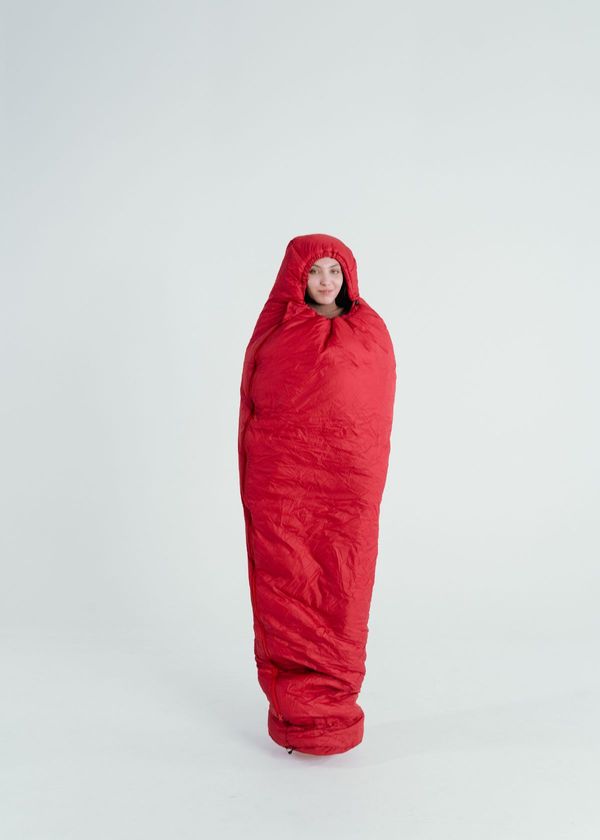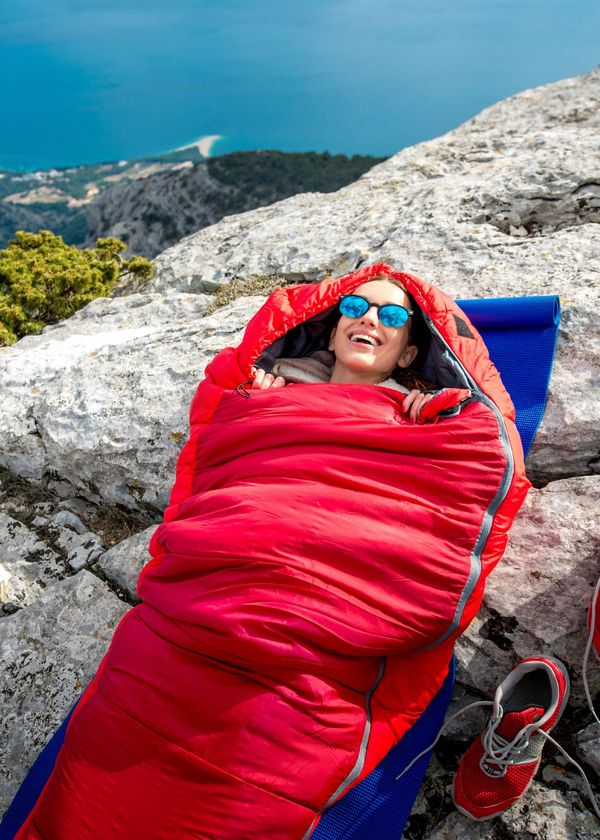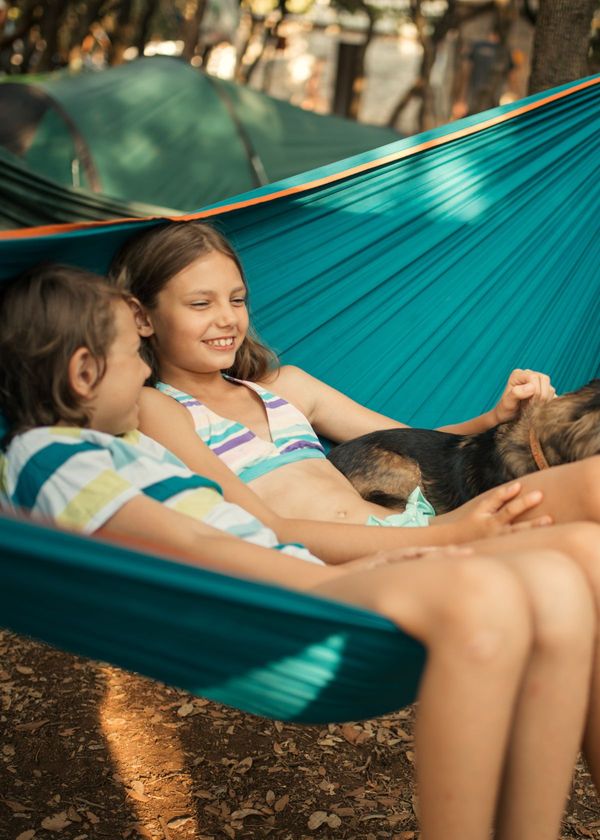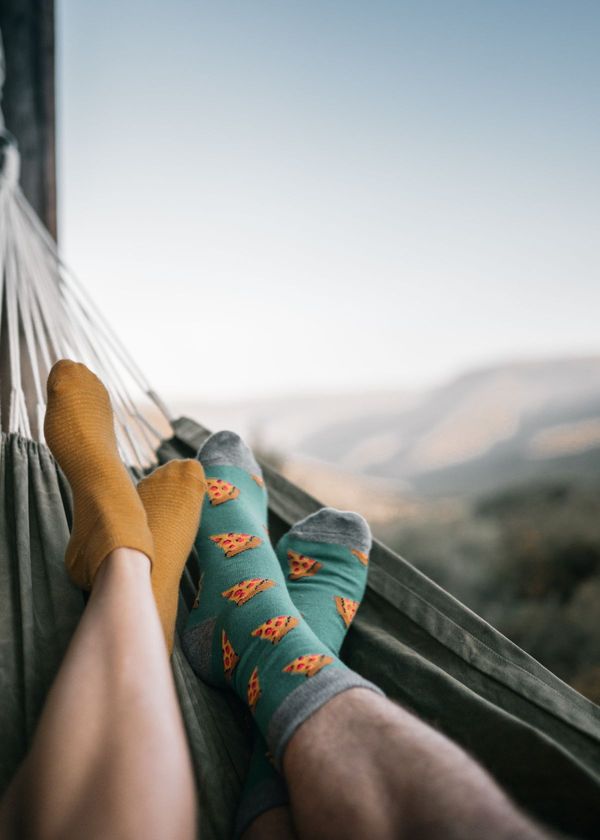How to make a large picnic blanket? A picnic is always a perfect way to spend time with family and friends. While enjoying a picnic, one essential item that you require is a picnic blanket.
Having a large picnic blanket is more comfortable as it provides more space for everyone to sit and enjoy the food and drinks. It can be challenging to find a large picnic blanket in the market that suits your needs and budget. Well, the good news is that you can make a large picnic blanket at home without spending a lot of money. In this article, we will guide you on how to make a large picnic blanket.

Materials
Here are the materials you need to make a large picnic blanket:
- Fabric (at least 6 yards)
- Pinking shears
- Scissors
- Tape measure
- Ruler
- Sewing machine
- Thread
- Pins
Steps to Make a Large Picnic Blanket
How to make a large picnic blanket? Follow these simple steps to make a large picnic blanket:
Step 1: Buy the Fabric
The first step is to buy fabric for your picnic blanket. Make sure you purchase at least six yards of fabric so that it will be large enough to accommodate your family and friends. You can choose any fabric that you like, but a waterproof or water-resistant fabric is ideal for a picnic blanket as it will protect you from damp ground or wet grass.
Step 2: Cut the Fabric
Once you have your fabric, you need to cut it to the desired size. You can make it as big or small as you like, but a good size for a large picnic blanket is about 6 feet by 6 feet. Use a tape measure and ruler to mark the fabric, and then cut it out using the scissors. To prevent the edges of the fabric from fraying, use pinking shears to trim them.
Step 3: Fold and Hem the Edges
Fold the edges of the fabric over twice, about 1/4 inch each time, to create a hem. Pin the folds in place, and then sew along the edge of the fold using a sewing machine. Repeat this for all four sides of the fabric. This will help prevent the edges from fraying and give your picnic blanket a neat and tidy finish.
Step 4: Add Straps (Optional)
You may want to add straps to your picnic blanket so that you can easily roll it up and carry it with you. Cut two strips of fabric, each about 3 inches wide and 12 inches long. Fold the fabric in half lengthwise, with the right side facing out. Sew along the long edge, leaving the short ends open. Turn the straps right side out and press them flat. Sew the straps onto the picnic blanket at the corner of one end, and then repeat at the opposite end.
Step 5: Test Your Picnic Blanket
Your large picnic blanket is now ready to use! Take it outside and try it out. Lay it on the grass or sand, and make sure it's big enough to accommodate everyone you're with. You'll find that your homemade picnic blanket is just as good, if not better, than any store-bought one.
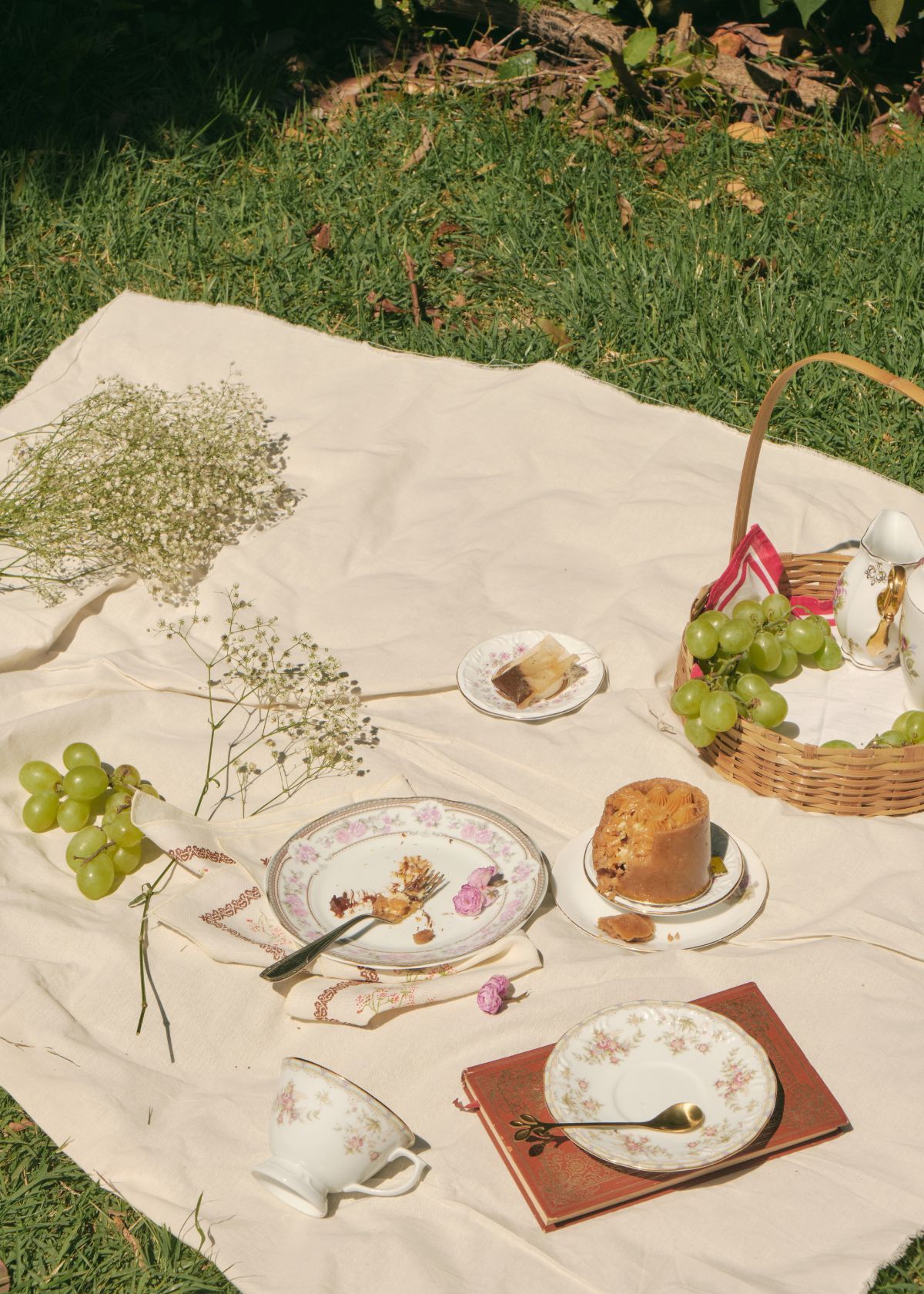
How much fabric do I need for a picnic blanket?
To determine how much fabric you need for a picnic blanket, you will need to consider the size of your blanket and the type of fabric you plan to use. Generally speaking, a good rule of thumb is to allow at least two yards (1.8m) of 60in-wide medium-weight cotton or polyester fabric per person who will be using the blanket.
So if you're making a 4-person blanket, then 8 yards (7.2m) should be enough. If you'd like more coverage, add an extra yard for each person for extra insulation against wet ground or cool temperatures. For thicker fabrics such as fleece, quilt batting and upholstery material, half a yard per person should be sufficient.
What kind of fabric do you use for a picnic blanket?
When looking for a fabric to use for a picnic blanket, you should choose something durable and breathable such as canvas or cotton. Canvas is water-resistant and can withstand wear and tear from rough surfaces, so it’s great for outdoor use. Cotton is lightweight, breathable, and generally easier to clean than other fabrics like polyester.
It also helps keep you cool in the summer heat. Both materials are perfect for creating a comfortable picnic environment. You may even want to consider a fleece option if you're looking for extra warmth! Whichever fabric you choose, make sure that it's large enough to fit all your friends and family comfortably on the blanket.
What can I use instead of a picnic blanket?
If you don't have a picnic blanket, you can use several other items to make your outdoor dining experience comfortable and enjoyable. You can lay down an old quilt or comforter, a beach towel, or even a large piece of cloth fabric. If you don't have any of these items on hand, blankets from the car work great too!
Alternatively, you could also spread out a plastic tablecloth for extra cushioning beneath your food and seating area. Additionally, if the ground is damp or wet, cover it with another layer of material like recycled newspaper or cardboard boxes to keep moisture away from your setup. Lastly, consider bringing camping chairs for more comfort as well as umbrellas and insect repellent if needed.
How do you make a waterproof blanket?
Making a waterproof blanket requires a careful selection of materials and techniques. The ideal material for a waterproof blanket is polyester, as it is lightweight and doesn't to let water through. Other synthetic materials, such as nylon or vinyl, can also be used depending on the intended purpose. Sealed seams should be used in place of traditional stitching techniques to ensure maximum waterproofing.
Sealing techniques include welding with heat guns and applying special adhesives to the fabric. Additionally, many waterproof blankets feature a special coating that helps keep moisture out of the fabric. This coating is often made from waxes, silicone, or other liquid-resistant ingredients that are applied directly to the surface of the fabric.
Conclusion
Making a large picnic blanket is easy and requires only a few materials. You can customize it to suit your needs, whether you want it water-resistant, colorful, or with added straps for easier carrying. With your homemade blanket, you'll be able to enjoy many fun picnics with your family and friends. So, gather your supplies and start creating your perfect picnic blanket today!


